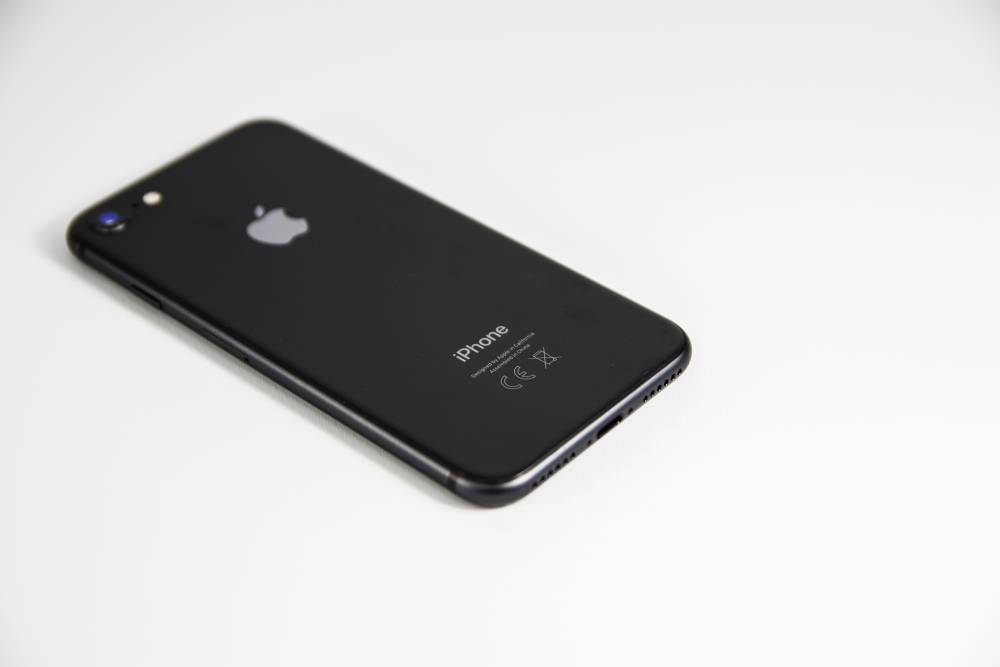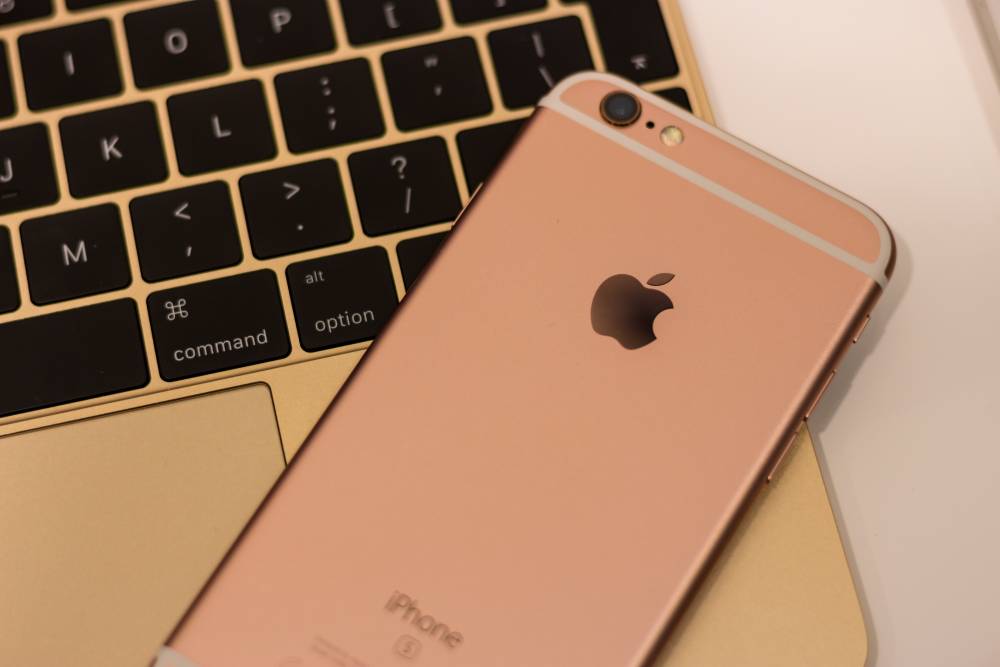User-centric mobile app development is not just a trend; it's a necessity in today's competitive digital landscape. To create successful apps that users love and keep coming back to, developers must prioritize the user experience. In this article, we explore the best practices and strategies for embracing user-centric principles in your mobile app development process.
Understanding User-Centric Development
User-centric development is a process that puts the end-user at the center of the app development process. It involves understanding user needs, preferences, and pain points to create apps that provide real value. This approach has many benefits, including:
-
Higher retention: User-centric apps are more likely to retain users because they meet their needs and expectations.
-
Enhanced engagement: Users engage more with apps that meet their needs and are easy to use.
-
Positive reviews: Satisfied users leave positive reviews and ratings, which can help to attract new users.
In addition, user-centric development can help to reduce the cost of app development and maintenance. By understanding user needs upfront, developers can avoid creating features that are not used or that are difficult to use. This can save time and money in the long run.
Best Practices for User-Centric Mobile App Development
User Research - Know Your Audience
Conduct in-depth user research to understand your target audience's behavior, preferences, and pain points. This could include surveys, interviews, usability testing, and other methods. The goal is to get a deep understanding of who your users are, what they want, and what they need from your app.
User Personas - Create User Personas
Develop user personas based on research findings. Personas represent your typical users and guide design decisions. Each persona should include a name, photo, job title, goals, needs, and pain points.
Iterative Design - Embrace Iteration
Use an iterative design process, continuously improving your app based on user feedback. This means testing your app with users early and often and making changes based on their feedback. The goal is to create an app that is easy to use and meets the needs of your users.
Usability Testing - Test for Usability
Regularly conduct usability tests to identify and address usability issues. Usability testing is a process of evaluating a product or service to determine how easy it is to use. Usability tests can be conducted with a variety of methods, including user interviews, surveys, and observation.
Accessibility - Prioritize Accessibility
Ensure your app is accessible to users with disabilities by following accessibility guidelines. Accessibility guidelines are a set of standards that help to make products and services accessible to people with disabilities. There are a number of different accessibility guidelines, including the Web Content Accessibility Guidelines (WCAG) and the Section 508 Standards.
Feedback Mechanisms - Gather User Feedback
Incorporate feedback mechanisms within your app to collect user insights. Feedback mechanisms can be used to collect feedback from users about the app's usability, features, and overall experience. Feedback mechanisms can be implemented in a variety of ways, including surveys, polls, and in-app chat.
Design for Mobile
Start with mobile in mind. The mobile-first design ensures your app is optimized for smaller screens. This means that the layout and functionality of your app should be easy to use on a mobile device. You should also consider the different screen sizes and resolutions of mobile devices when designing your app.
Performance Optimization
Fast-loading apps with smooth performance are key to user satisfaction. Make sure your app loads quickly and runs smoothly on all devices. You can do this by optimizing your code, using efficient images, and avoiding unnecessary features.
Offer Personalization
Allow users to customize their experience, tailoring the app to their preferences. This could include allowing users to choose their preferred language, theme, or layout. You can also personalize the content of your app based on user data.
Prioritize Security
User data should be protected. Invest in robust security measures to protect your app from hackers and other security threats. This could include using encryption, two-factor authentication, and regular security audits.
User-Centric Development in Action
-
Uber provides real-time updates on the location of its drivers, so users can see when their ride will arrive. This meets users' need for immediate information and helps to reduce wait times.
-
Spotify curates playlists based on users' listening history, so they can discover new music that they're likely to enjoy. This enhances user engagement and helps to keep users coming back to the app.
-
Airbnb allows users to review and rate accommodations, so other users can get an idea of what to expect before they book. This builds trust within the community and helps to ensure that everyone has a positive experience.
These are just a few examples of how companies can use data to improve their products and services. By understanding what their users want and need, companies can provide them with a better experience that will keep them coming back for more.
Challenges in User-Centric Development
Balancing Features - Striking the Right Balance
When developing an app, it is important to strike a balance between user requests and app simplicity. On the one hand, you want to make sure that your app has the features that users want and need. On the other hand, you don't want to overload your app with features that will make it difficult to use.
One way to strike this balance is to prioritize essential features. These are the features that are absolutely necessary for your app to be functional and useful. Once you have prioritized your essential features, you can then add additional features based on user requests.
It is also important to keep in mind that not all users will have the same needs. Some users may be more interested in certain features than others. Therefore, it is important to be flexible and willing to add or remove features based on user feedback.
Data Privacy - Protecting User Data
With great personalization comes great responsibility. When you collect user data, it is important to take steps to protect that data. This includes using secure storage methods and encrypting data whenever possible. You should also have a clear privacy policy that explains how you will collect and use user data.
It is also important to be transparent with users about how their data is being used. Let them know what data you are collecting, how you will use it, and how they can opt out of data collection.
Conclusion
User-centric mobile app development is not an option; it's a necessity for success. By prioritizing user needs, embracing feedback, and continuously iterating, you can create apps that users love and keep returning to. Remember, a satisfied user is your best advocate.
FAQs
-
What is user-centric mobile app development?
-
User-centric mobile app development is an approach that prioritizes the user experience by understanding user needs and preferences.
-
How do I conduct user research for my app?
-
User research involves surveys, interviews, analytics, and user testing to gather insights into user behavior and preferences.
-
What is the role of user personas in app development?
-
User personas represent typical users and guide design and development decisions by helping developers understand user needs.
-
Why is accessibility important in user-centric development?
-
Accessibility ensures that all users, including those with disabilities, can use your app. It's crucial for inclusivity.
-
How can I balance user requests with app simplicity?
-
Prioritize essential features based on user needs and feedback, avoiding feature bloat that can overwhelm users.





